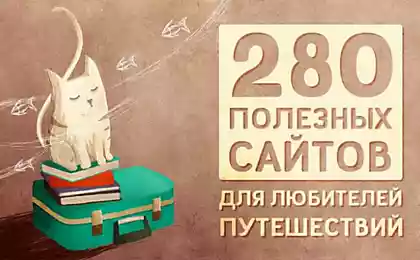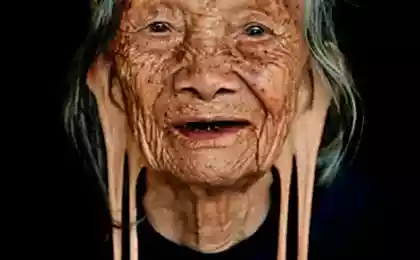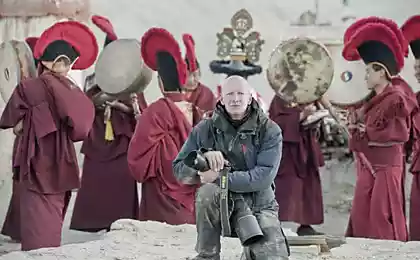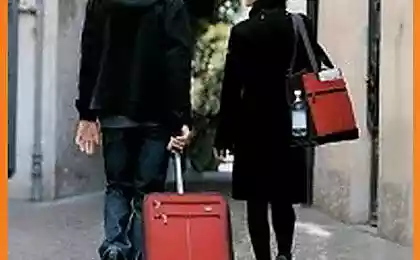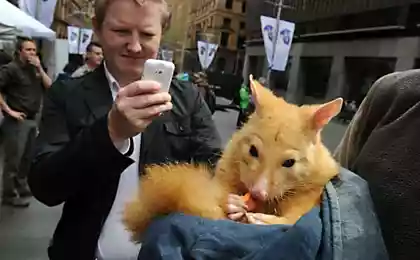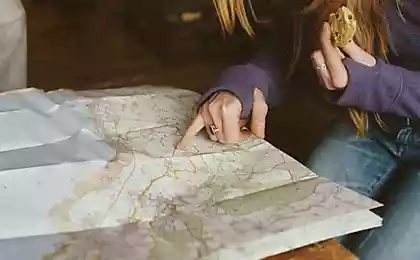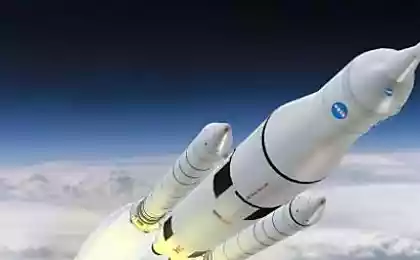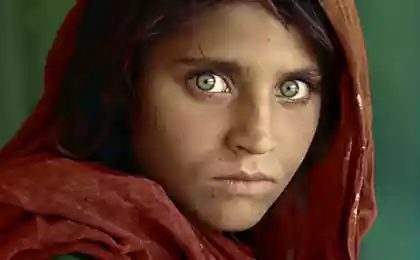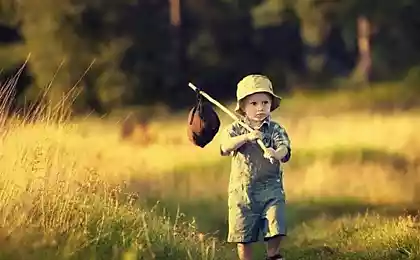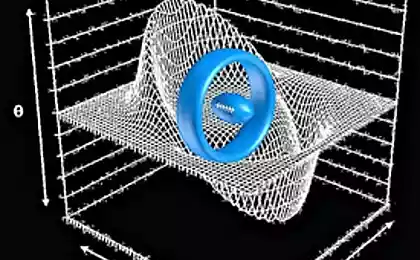1115
Fantastic photo-sketchings of endangered tribes
The photographs Jimmy Nelson not dazzling star on the red carpet, not models on high heels and pumped guys on motorcycles. His lens - people in feathers, skins and even the war paint. They - the representatives of endangered tribes all over the world - from Chukotka to Papua - New Guinea. Their identity and tradition - great heritage and a bizarre primitive species -. Better than any scenery
Website is a unique photographic project of the British photographer and traveler Jimmy Nelson "Before they disappear," the ancient and . little-known communities, surviving in remote regions of the Earth
Goroka (Papua - New Guinea) 20,351,388
Goroka - the capital of the Eastern Highlands province. The indigenous people of the proximity of civilization especially united and continue to believe in spirits and honor the wonders of nature.
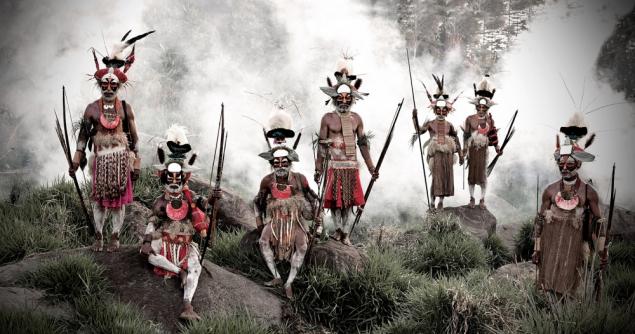
The main weapon - it's not just the bows, and war paint and decorations. Local soldiers know a lot about how to impress and intimidate his opponent.
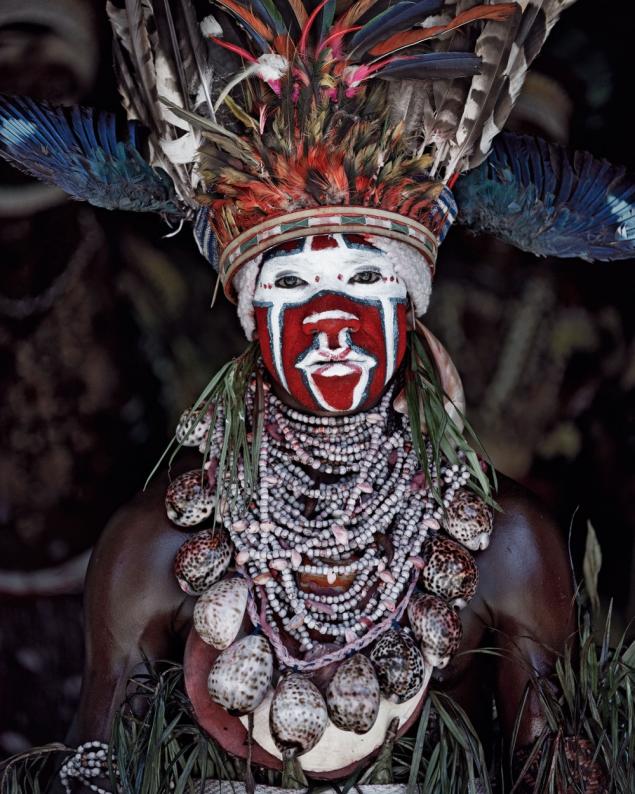
The slides are experts in the entertainment business: annually held here Goroka Show, where more than 100 tribes in the region introduce the audience with their dances, songs and traditions
Huli (Papua - New Guinea)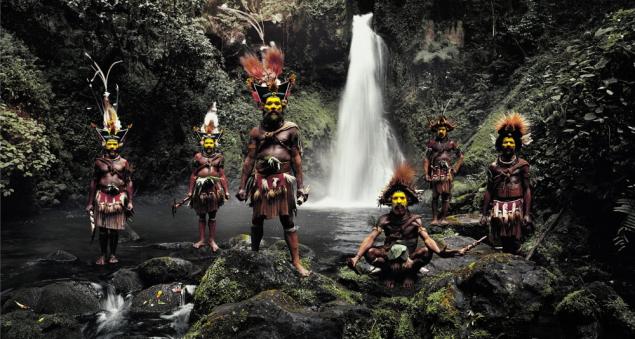
<. br> A large tribe fuck lives in hunting, which is mainly a male, but the farm women have succeeded. Travelers marvel at their orchards and gardens.
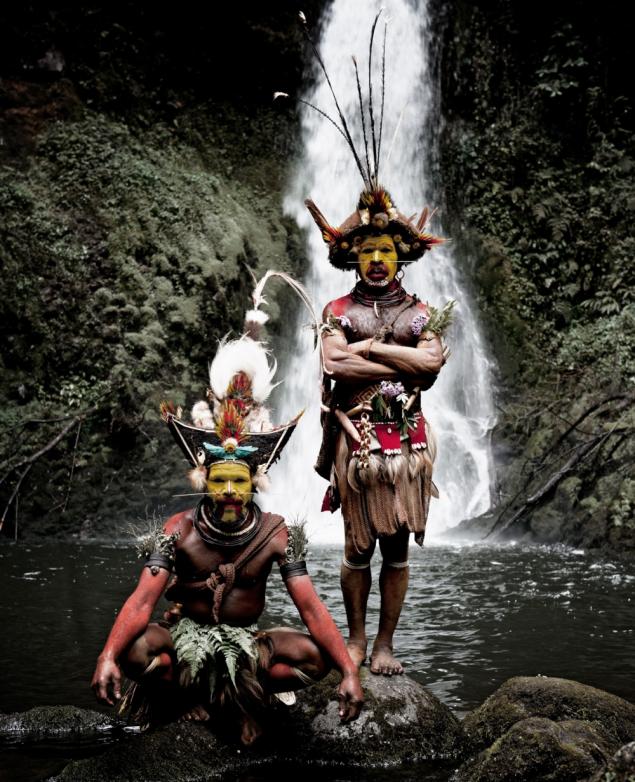
Juli paint their faces yellow, red and white, to intimidate opponents during the tribal wars that are not uncommon here.
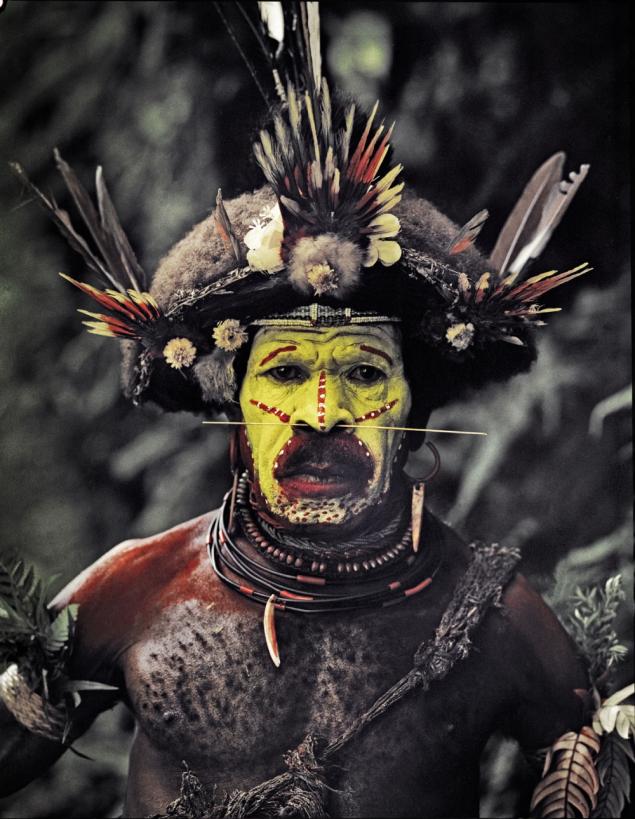
A special tradition of the tribe - the creation of wigs from their own hair. These wigs look like a hat with a plume, intricately decorated with feathers of birds of paradise and parrots
Kalam (Papua - New Guinea).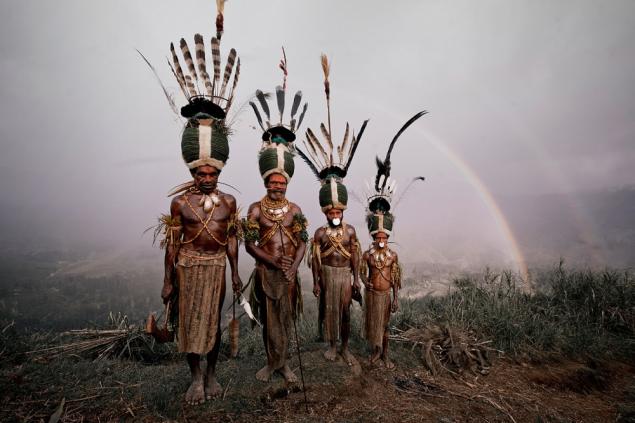
People live in traditional villages. Civilization is not reached before them, so the main occupation of the men - hunting, gathering and agriculture - women of conscience.
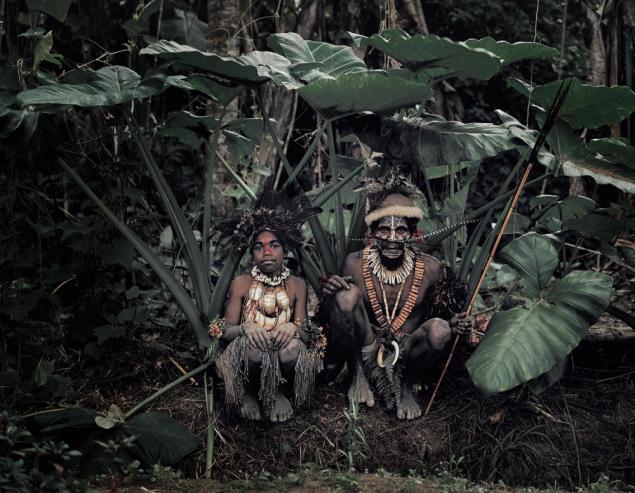
Kalam Tribe boys are looking forward to growing up - during initiation they pierce the nose, and they can decorate, finally, their faces
.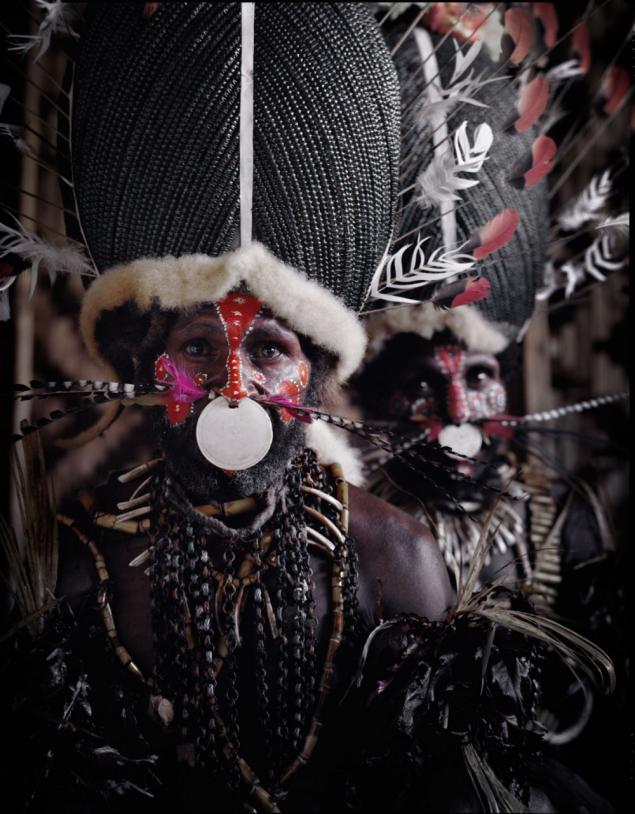
Men sensitive to their appearance - covered body ornaments, necklaces beaks of hornbills, wild flowers and feathers.
Asaro (Papua - New Guinea) 55,283,386
Asaro (Asaro original mudmen - "people with Asaro River, covered with mud") is considered to be a tribe of mysterious and enigmatic, but they are known primarily by the fact that his body smeared with white clay and clay masks are specific
.
Masks also meet Papuan representation of spirits: long or short ears, tusks, horns and mouths are not arranged like normal people.
Maori (New Zealand) 85,478,863
The main aspects of traditional Maori culture is art, dance, legends, communication and tattoos. For example, high social status always found reflection in the form of drawings on the body, and fellow tribesmen without tattoos were considered worthless people.
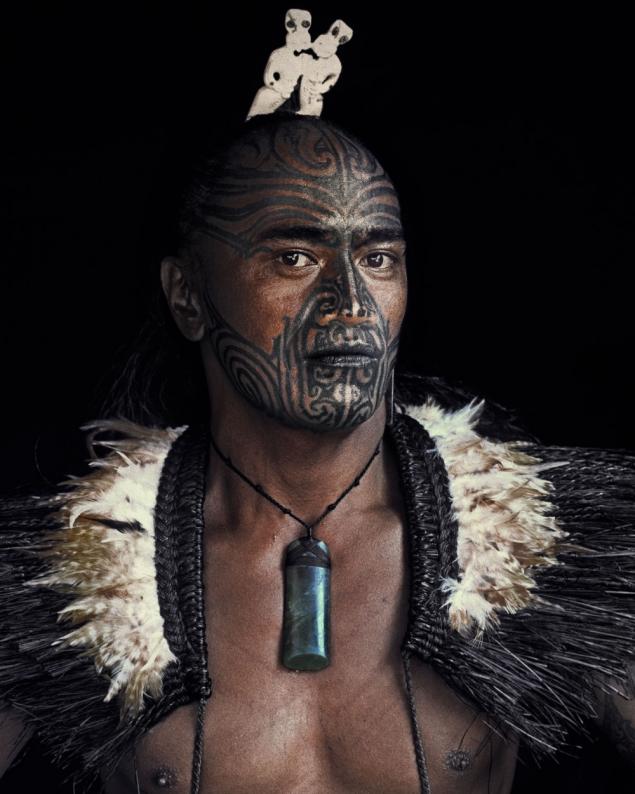
Military dance hack - one of the most famous traditions of the Maori. These strange to Europeans dances accompanied by songs and beats together, stamping and spanking palms on the thighs.
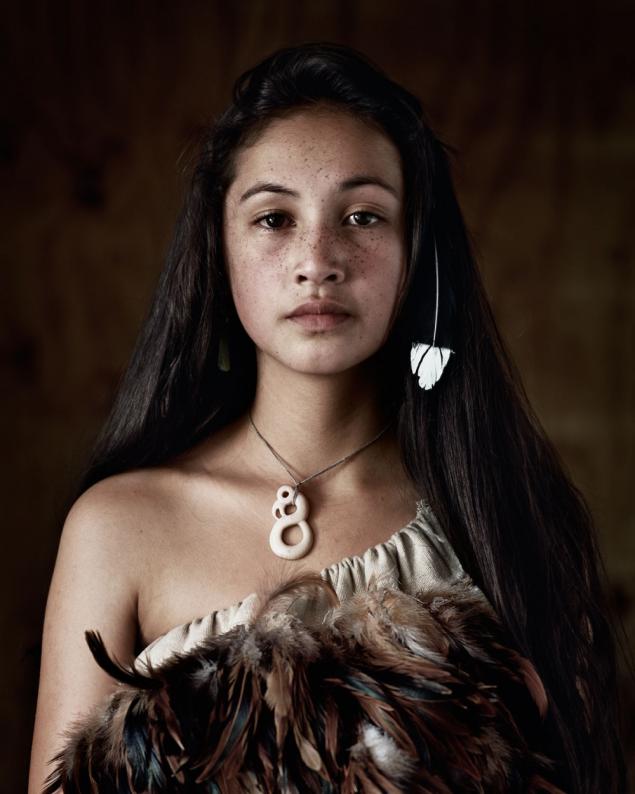
As adherents of polytheism Maori worshiped various gods and spirits. It is accepted to believe that supernatural beings are omnipresent and able to help the tribe in case of need.
Chukchi (Russian) 94,442,707
The Chukchi live by reindeer breeding and hunting, women are life and engaged in sewing and embroidery.

Find the locals and time for art - in favor carving on bones and tusks of walruses
.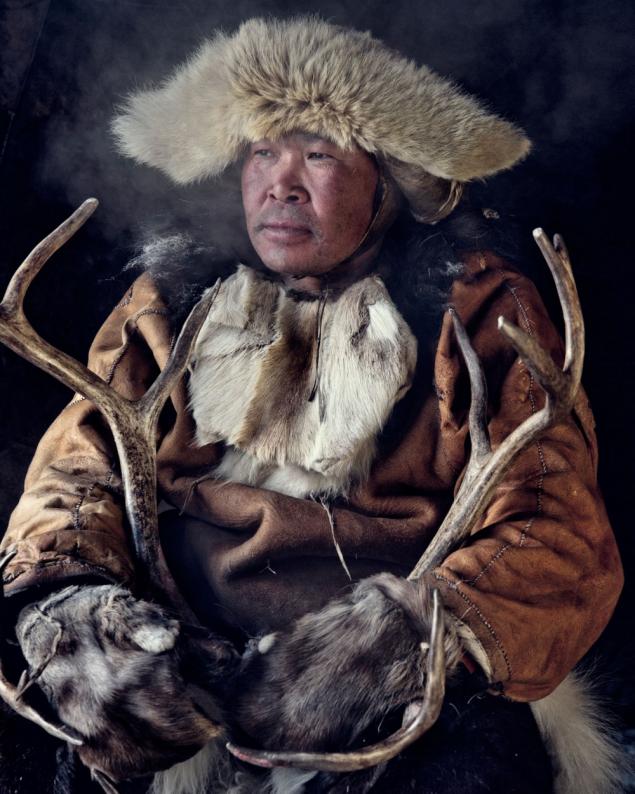
Especially highly valued in these harsh edges of hospitality and generosity, so Chukchi always ready to offer dinner and shelter to the traveler.
Himba (Namibia)
Himba - an ancient tribe of shepherds. Both men and women can have multiple partners, each member of the tribe belongs to two clans (paternal and maternal), and the life of each clan are regulated by an elder.
The appearance of the Himba - a position in the group and phase of life. Clothes they wear a little, but very attentive to detail - fancy hairstyles, jewelry and makeup. The latter, by the way, women do on a daily basis.
Mustang (Nepal)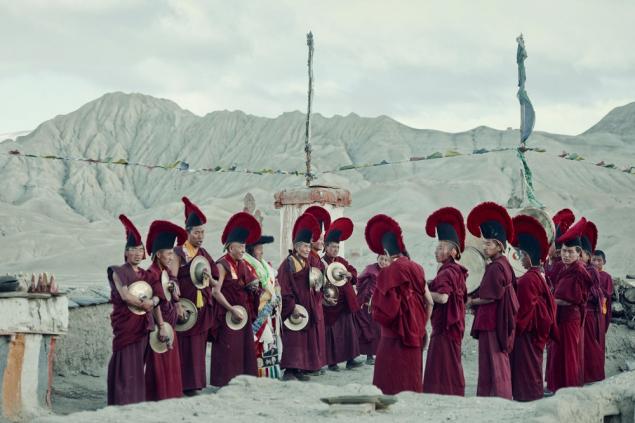
The former kingdom of Lo historically, culturally and religiously connected with Tibet, but politically a part of Nepal.
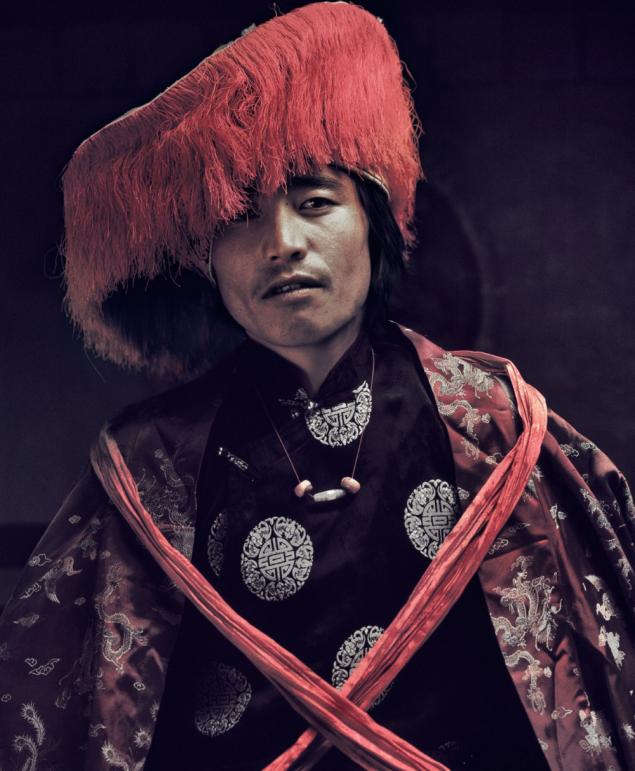
Most locals still believe that the world is flat, and the disease caused by evil spirits.

When the eldest son inherits the family property, give the younger in the monastery, which is available in almost every village.
Rabar (India)
This tribe with original Persian features migrated from the Iranian Plateau a millenium ago. It is now inhabited by Gujarat and Rajasthan.
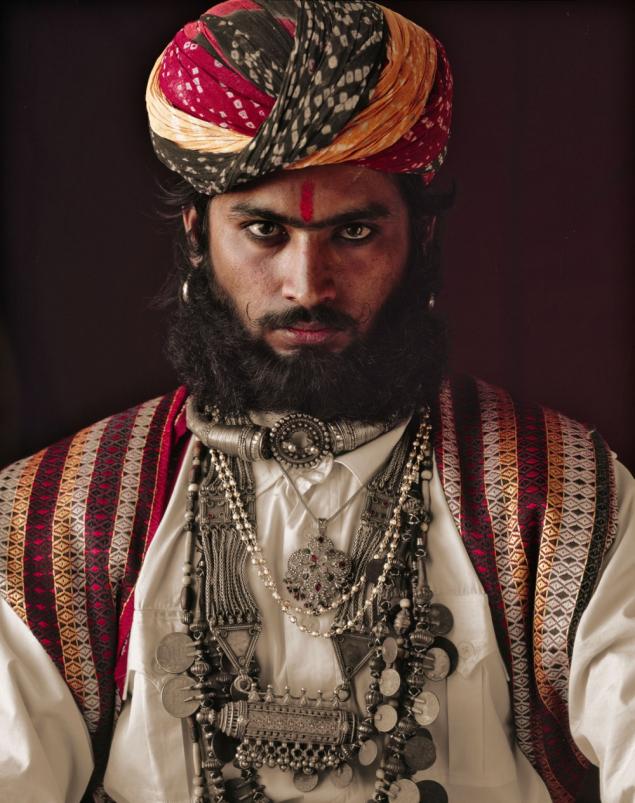
While men herding flocks, female tribe Rabar devote long hours of embroidery, as well as manage the hamlet economy and solve all financial issues,.
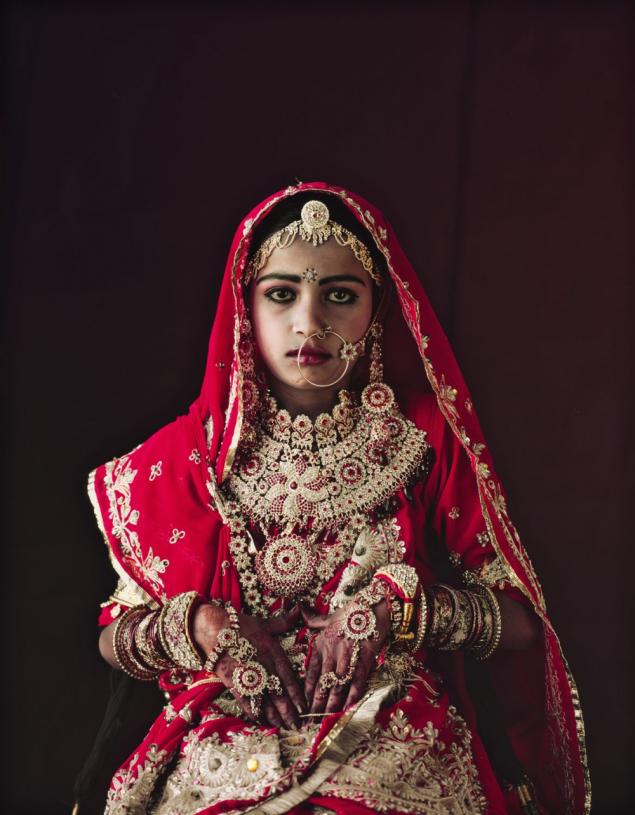
Almost the entire surface of the body is covered with tattoos Rabar - both for beauty and for religious and therapeutic purposes
. Photographer Jimmy Nelson traveled 3 years. He lived together with the representatives of tribes and cultures disappearing from our planet, shared the bread with them and recognized them, and they recognized him. And from the ensuing between them confidence seems that each image printed on the person looks you straight in the heart.
Author photo: Jimmy Nelson
via www.beforethey.com/
Website is a unique photographic project of the British photographer and traveler Jimmy Nelson "Before they disappear," the ancient and . little-known communities, surviving in remote regions of the Earth
Goroka (Papua - New Guinea) 20,351,388
Goroka - the capital of the Eastern Highlands province. The indigenous people of the proximity of civilization especially united and continue to believe in spirits and honor the wonders of nature.

The main weapon - it's not just the bows, and war paint and decorations. Local soldiers know a lot about how to impress and intimidate his opponent.

The slides are experts in the entertainment business: annually held here Goroka Show, where more than 100 tribes in the region introduce the audience with their dances, songs and traditions
Huli (Papua - New Guinea)

<. br> A large tribe fuck lives in hunting, which is mainly a male, but the farm women have succeeded. Travelers marvel at their orchards and gardens.

Juli paint their faces yellow, red and white, to intimidate opponents during the tribal wars that are not uncommon here.

A special tradition of the tribe - the creation of wigs from their own hair. These wigs look like a hat with a plume, intricately decorated with feathers of birds of paradise and parrots
Kalam (Papua - New Guinea).

People live in traditional villages. Civilization is not reached before them, so the main occupation of the men - hunting, gathering and agriculture - women of conscience.

Kalam Tribe boys are looking forward to growing up - during initiation they pierce the nose, and they can decorate, finally, their faces
.

Men sensitive to their appearance - covered body ornaments, necklaces beaks of hornbills, wild flowers and feathers.
Asaro (Papua - New Guinea) 55,283,386
Asaro (Asaro original mudmen - "people with Asaro River, covered with mud") is considered to be a tribe of mysterious and enigmatic, but they are known primarily by the fact that his body smeared with white clay and clay masks are specific
.

Masks also meet Papuan representation of spirits: long or short ears, tusks, horns and mouths are not arranged like normal people.
Maori (New Zealand) 85,478,863
The main aspects of traditional Maori culture is art, dance, legends, communication and tattoos. For example, high social status always found reflection in the form of drawings on the body, and fellow tribesmen without tattoos were considered worthless people.

Military dance hack - one of the most famous traditions of the Maori. These strange to Europeans dances accompanied by songs and beats together, stamping and spanking palms on the thighs.

As adherents of polytheism Maori worshiped various gods and spirits. It is accepted to believe that supernatural beings are omnipresent and able to help the tribe in case of need.
Chukchi (Russian) 94,442,707
The Chukchi live by reindeer breeding and hunting, women are life and engaged in sewing and embroidery.

Find the locals and time for art - in favor carving on bones and tusks of walruses
.

Especially highly valued in these harsh edges of hospitality and generosity, so Chukchi always ready to offer dinner and shelter to the traveler.
Himba (Namibia)
Himba - an ancient tribe of shepherds. Both men and women can have multiple partners, each member of the tribe belongs to two clans (paternal and maternal), and the life of each clan are regulated by an elder.
The appearance of the Himba - a position in the group and phase of life. Clothes they wear a little, but very attentive to detail - fancy hairstyles, jewelry and makeup. The latter, by the way, women do on a daily basis.
Mustang (Nepal)

The former kingdom of Lo historically, culturally and religiously connected with Tibet, but politically a part of Nepal.

Most locals still believe that the world is flat, and the disease caused by evil spirits.

When the eldest son inherits the family property, give the younger in the monastery, which is available in almost every village.
Rabar (India)

This tribe with original Persian features migrated from the Iranian Plateau a millenium ago. It is now inhabited by Gujarat and Rajasthan.

While men herding flocks, female tribe Rabar devote long hours of embroidery, as well as manage the hamlet economy and solve all financial issues,.

Almost the entire surface of the body is covered with tattoos Rabar - both for beauty and for religious and therapeutic purposes
. Photographer Jimmy Nelson traveled 3 years. He lived together with the representatives of tribes and cultures disappearing from our planet, shared the bread with them and recognized them, and they recognized him. And from the ensuing between them confidence seems that each image printed on the person looks you straight in the heart.
Author photo: Jimmy Nelson
via www.beforethey.com/
